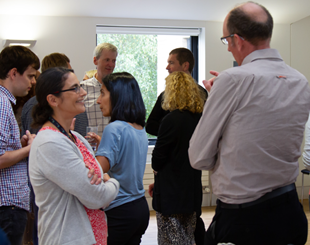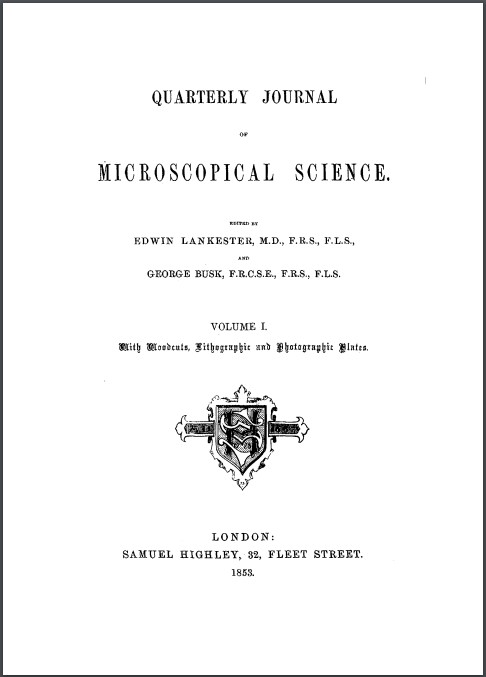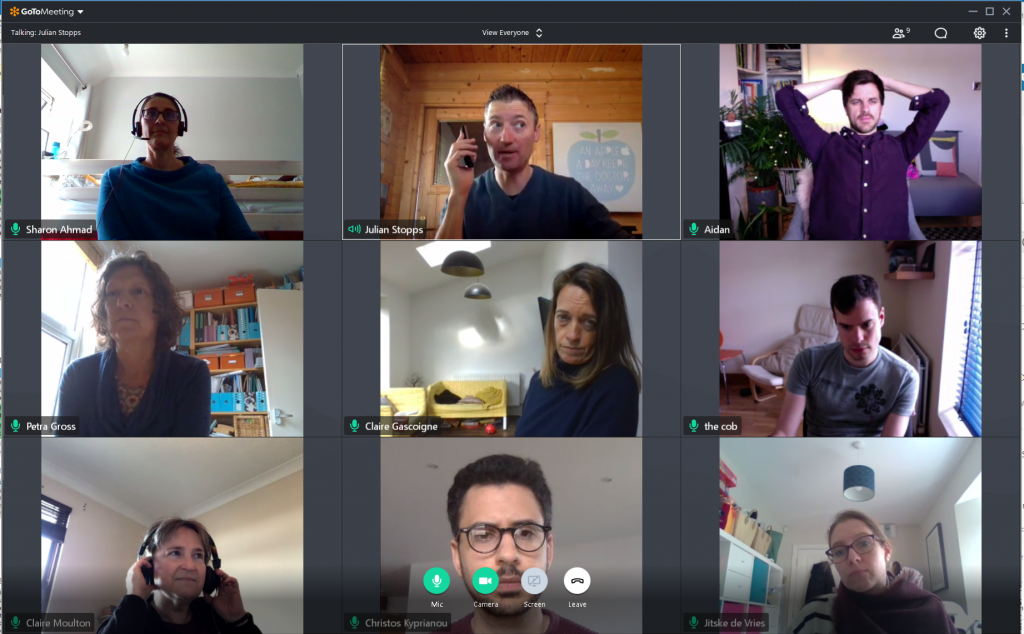Origin story: FocalPlane
Posted by Sharon Ahmad, on 1 July 2020

On a sunny, summer’s day in July 2018, The Company of Biologists was hosting its annual lunch before a meeting with the Board of Directors and Editors-in-Chief. It’s a very friendly affair, and a great opportunity for the in-house staff to mingle with the Board and Editors – people they don’t see on a day-to-day basis. I was chatting with Sean Munro, head of the cell biology division at the MRC Laboratory of Molecular Biology here in Cambridge, Journal of Cell Science (JCS) Editorial Advisory Board member, and Company Director. He asked me a question I have been asked frequently ever since the 2010 launch of the Node, the community site for developmental biologists run by Development (sister journal to Journal of Cell Science and one of the five journals published by The Company of Biologists): why does JCS not have a site like the Node for cell biologists?
The answer is that our communities are very different. Whereas the developmental biology community is fairly discrete and well defined, the cell biology community is much larger and much more diverse. I had thought long and hard about how we could build a community site that would appeal to a large proportion of the cell biology community, but hadn’t been able to come up with the right angle. I ran through a few of the ideas with Sean that I had considered over the years for such a site. The picture below captured that actual conversation.

We talked a bit about what the ‘hot topics’ in cell biology were, but agreed that we didn’t want to focus on just a subset of the field. Sean then mentioned that microscopy was a common theme tying many of these topics together. In fact, the proliferation of advanced microscopy tools over the past decade has been a boon for cell biologists, allowing visualisation of cellular details at previously unattainable levels of resolution. It was the lightbulb moment I had been waiting for.
Journal of Cell Science has a long history of publishing papers relating to microscopy. Indeed, the journal was established in 1853 as ‘Quarterly Journal of Microscopical Science’. The original aims of the journal were detailed as follows by the editors, Edwin Lankester and George Busk:
“Recent improvements in the Microscope having rendered that instrument increasingly available for scientific research, and having created a large class of observers who devote themselves to whatever department of science may be investigated by its aid, it has been thought that the time is come when a Journal devoted entirely to objects connected with the use of the Microscope would contribute to the advancement of science, and secure the co-operation of all interested in its various applications.” [1]
Some of the first people to publish in this new journal were Joseph Lister [2], a British surgeon who pioneered the concept of antiseptic surgery, and Thomas Huxley [3], one of the first adherents to Darwin’s theory of evolution by natural selection.

The journal flourished for over a century. By 1962, however, the editors announced their intention to restrict the contents of the journal to ‘cytology’. Worried that the community would think the scope of the journal encompassed only that which could be seen through a microscope, the editors proposed changing the title to ‘Journal of Cell Science’, which they did in 1966 (rumour has it that they also considered calling the journal ‘Cell’, but thought it too radical a name). Although the journal moved away from the microscope in name, microscopy has remained an important component of many of the papers we have published since then.

A quick trawl through our archives hints at the evolution of microscopy over time. Phase-contrast microscopy featured in the 1940s and 1950s [4-7], with EM appearing in the 1950s [8-10]. We also learn about the interference microscope during this time [11,12]. Fluorescence microscopy first appears in the 60s [13], scanning EM has mention in the 1970s [14,15], and then we see the rise of immunofluorescence microscopy [16-18]. In the 1980s and 1990s, the journal published papers with mention of video-enhanced light microscopy [19], scanning EM [20], confocal [21], TIRF [22], AFM [23,24] and STM [25]. Interestingly, a variety of refinements on techniques appear over time, but the word ‘imaging’ doesn’t show up in paper titles until the late 1980s. Microscopy continues, of course, to feature regularly in our articles.
Anyway, back to 2018.
A short time after our discussion, Sean contacted me to say that he had discussed the idea of a microscopy-based community resource with Steve Royle, Professor of Cell Biology at Warwick Medical School, UK, and now a member of our Board of Directors. Steve had come across a Twitter thread by Ricardo Henriques (MRC LMCB at UCL, UK) and folks at other imaging-focused labs who spotted a similar gap in the market. After speaking with Ricardo, as well as Christophe Leterrier (INP, CNRS-Aix Marseille University, France), and many other people in the microscopy community, I took a proposal to set up such a community site to the Board of Directors, and had it enthusiastically approved. With the support of the microscopy community, and funding from The Company of Biologists, we were off!

Our next goal was to find a Community Manager to run the site – a key element in making the site sustainable. We were delighted to offer the role to Dr Christos Kyprianou, who was finishing a postdoc at the University of Cambridge, UK.
We were fortunate to benefit from the advice of both Christophe and Ricardo at an early stage, and they kindly agreed to be on our Scientific Advisory Board, along with Lucy Collinson (The Francis Crick Institute, London), Florian Jug (Max-Planck Institute of Molecular Cell Biology and Genetics, Dresden, Germany) and Jennifer Lippincott-Schwartz (Janelia Research Campus, Ashburn, Virginia, USA), who has also been an Editor on Journal of Cell Science for many years. Each of our Scientific Advisory Board members brings their own microscopy specialism to the site, and we look forward to expanding this group as FocalPlane develops.
We formed an in-house group to work on the development of the website, including the publisher of the Company and colleagues from JCS, the Node and preLights, as well as our marketing team. We have met regularly over the past year to decide on a name (painful process) and a look and feel for the site (slightly easier), adapting to the changing environment around us as the COVID-19 pandemic hit.


The result of those months of hard work are what you see here – a community site for anyone with an interest in microscopy. This is your site, so please use it – post, comment, share, connect and feed back to us. Look for us as well on Twitter, Instagram and Facebook. We encourage you to make the site a part of your online routine, and look forward to many interactions with you all.

Sharon Ahmad
Executive Editor, Journal of Cell Science
Cambridge, UK


 (3 votes, average: 1.00 out of 1)
(3 votes, average: 1.00 out of 1)